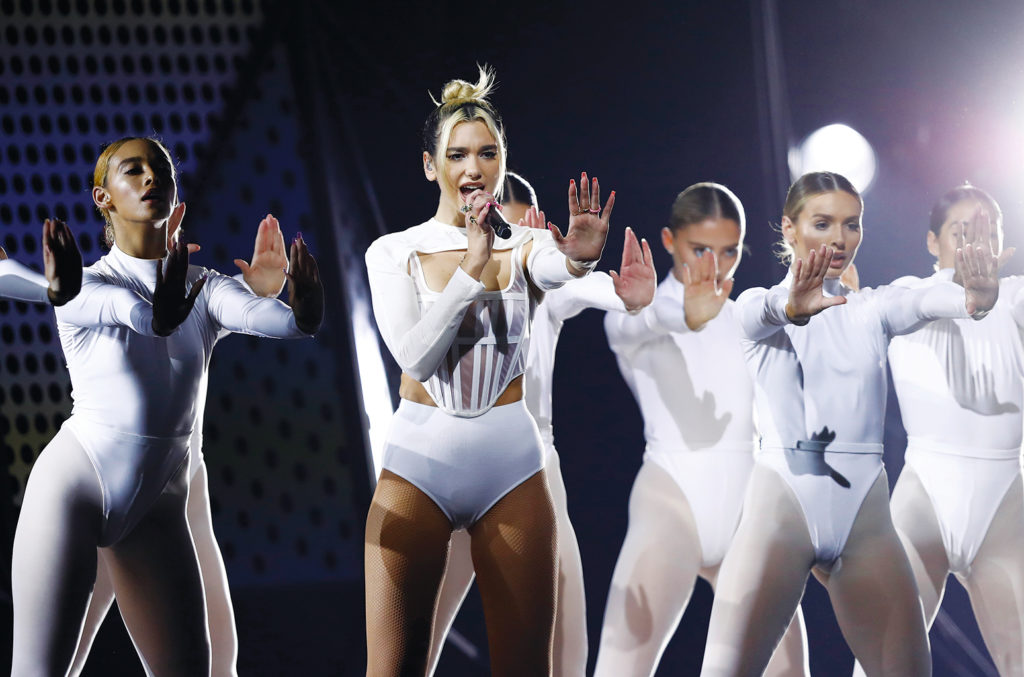Canceled and postponed March/April concerts will cost the industry over half a billion dollars — and that’s just the start.
As cities, states and entire countries shut down to flatten the curve of the coronavirus, the touring industry is facing an unprecedented crisis. Live Nation, AEG and major booking agencies WME, Creative Artists Agency, UTA and Paradigm released a joint statement on March 12, effectively halting all major tours worldwide. In the days that followed, concert venues of all sizes closed to stop mass gatherings. As artists and executives scramble to reschedule album rollouts and get in on the livestreaming boom, an analysis of boxscore data from 2019 offers insight into the hundreds of millions of dollars the industry will likely miss out on from major tours in the coming months.
In 2019, the top 30 tours of March and April collectively grossed $697.5 million and sold over 6.5 million tickets during the 61-day period, according to figures reported to Billboard Boxscore. That marks an 11% increase in revenue from the same period in 2018, which was already up 9% from 2017. These year-over-year increases can be explained by standard inflation, an ever-growing ticketing market and the broadening scope of global attractions, which are more inclusive of hip-hop, Latin and K-pop acts than ever before.
Assuming that 2020 earnings would increase another 5% to 10%, the top 30 tours of March and April would have been expected to gross approximately $750 million. That doesn’t mean that March 2020 grosses will collapse to $0, however. Initial reports for the early-March tour dates that took place before cancellation recommendations are in the multimillions thanks to A-listers like Billy Joel, Halsey and Blake Shelton, not to mention February’s leaders Post Malone and Céline Dion. As more artists, venues and promoters report figures for shows during the March 1-12 period, the month’s top 30 tours are likely to exceed $100 million to $125 million in earnings — not far off from the totals the industry sees in the typically slow month of January, when this year’s top tours collectively grossed $144.5 million.
In addition to the superstar tours already mentioned, March was the planned launch (or relaunch) of tours by Cher, Ozuna, Lynyrd Skynyrd and Chris Stapleton. A number of acts were also making the transition to full national arena treks, including Tame Impala, Dan + Shay, Jojo Siwa and Billie Eilish. Because many artists rely on live shows to build buzz and boost sales (often through ticket bundles), several have had to adjust their album rollouts as they rejigger routings. Dua Lipa rescheduled a European tour that was supposed to begin in April, but she softened the blow to fans by pushing the release date of her album Future Nostalgia up a week. Lady Gaga indefinitely postponed her April release, Chromatica, tweeting that it “just doesn’t feel right with all that is going on,” while noting that she had planned a surprise Coachella set to help unveil the record.
Some of the biggest hits to the touring industry won’t be felt till summer, when artists such as BTS, Guns ’N Roses and Kenny Chesney were all supposed to begin stadium tours. While arena shows often earn $1 million to $2 million, stadium dates generally reap anywhere from $3 million to $10 million each night. The Rolling Stones — perhaps the world’s most bankable touring act — averaged over $11 million per show on the 2019 leg of the No Filter Tour, but the band’s 2020 leg, originally scheduled for 15 shows beginning May 8, is also among the postponed stadium tours. As agents and promoters work to schedule new routings for what is sure to be the most crowded fall season on record, a return to normalcy remains elusive.
This article originally appeared in the March 28, 2020 issue of Billboard.


